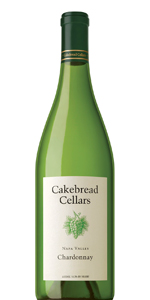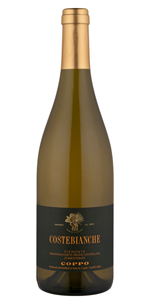Central American Independence Day is celebrated on September 15, marking the day in 1821 that a congress of Central American colonists declared their independence from Spain. Almost two years later, autonomy was again declared after a brief annexation by Mexico. The Federal Republic of Central America was formed shortly thereafter, comprised of the states of Guatemala, El Salvador, Honduras, Nicaragua, and Costa Rica. The Republic lasted about fifteen years, and each of those states became an independent country, albeit with shared elements of history and culture.
Central American cuisine varies from country to country—and even region to region—but there are many common elements. Food traditions combine both native and Spanish ingredients and techniques. Rice, beans, corn, plantain, potatoes, squash, fish, pork, and cheese are found on the plates of people throughout all of Central America, but each country has its specialty. And each one should be celebrated and paired with its own delicious wine. Read on for our picks for the best wines to help you celebrate Central American Independence Day.
Papusas, stuffed rice tortillas, are El Salvador’s signature dish. This version, filled with cabbage, bacon, and cheese, calls out for a rich Chardonnay such as Cakebread Cellars Napa Valley Chardonnay 2011. The rounded mouthfeel of this well-oaked white holds up to the fattiness of the filling, and the splash of brightness on the wine’s finish will cut through the fat that the bacon brings to this delicious dish.
Next up, pairing the classic dishes of Honduras, Guatemala, and Nicaragua…
[pagebreak]With its long Caribbean coastline, Honduras is known for its many variations on fresh seafood, often cooked with coconut. Tapado de Pescado is perfect with Sauvignon Blanc, especially Cloudy Bay Sauvignon Blanc 2012 from New Zealand. The clean acidity of the wine is a pleasurable counterpoint to the rich flavor of fish and vegetables simmered with coconut milk, and its citrus and herbal notes are a nice complement to the bell pepper and cilantro of the fish dish.
Corn is a staple in the kitchens of Nicaragua, where it is cooked with a variety of fruits, vegetables, meat, and fish, and is also used in drinks and desserts. Sopa de Queso (Cheese Soup) is most commonly eaten for Lent and Easter in Nicaragua, but we think that this cheese-laced delight (which is topped with crunchy corn fritters) is a perfect way to warm up on the first chilly nights of fall. Pure flavors of corn and Parmesan pair well with Chardonnay, and we like Coppo Costebianche Chardonnay 2012 (left) from the Piemonte region of Italy with this. Half of the wine is aged in oak for six months, while the rest is aged in steel tanks, so the spice and vanilla notes given off by the barrels do not overpower the wine’s apple and peach flavors.
Guatemalan cuisine is noted for its use of corn, beans, and platanos, or plantains. All three of these ingredients pair well with wines that offer just a hint of sweetness as well as strong fruit flavors and good acid balance. Whether you are whipping up a batch of Corn Tamales or Frituras de Platano y Frijol (Plantain and Black Bean Fritters), your guests will appreciate a glass or two of HandCraft Artisan Collection Inspiration White Wine 2012, a blend of Riesling, Sauvignon Blanc, Viognier, Moscato, and Pinot Grigio. Since it’s a celebration, go ahead and cook both dishes, as this well-priced California wine’s flavors of melon and peach with light floral notes go as well with corn and cheese as they do with plantains and beans.
Finally, don’t forget the bubbly. It is a celebration after all!




![Making Mealtime Matter with La Familia: Easy Sofrito [Video]](https://thelatinkitchen.com/wp-content/uploads/2015/10/sofrito-shutterstock__0-500x383.jpg)
![Easy Latin Smoothies: Goji Berry Smoothie [Video]](https://thelatinkitchen.com/wp-content/uploads/2015/12/goji_berry-shutterstock_-500x383.jpg)
















![Fun and Fast Recipes: Fiesta Cabbage Salad [Video]](https://thelatinkitchen.com/wp-content/uploads/2015/11/fiesta_cabbage_slaw-shutterstock_-500x383.jpg)









